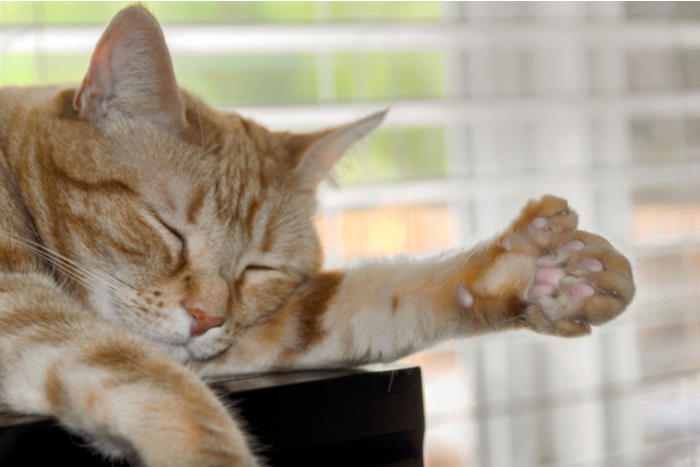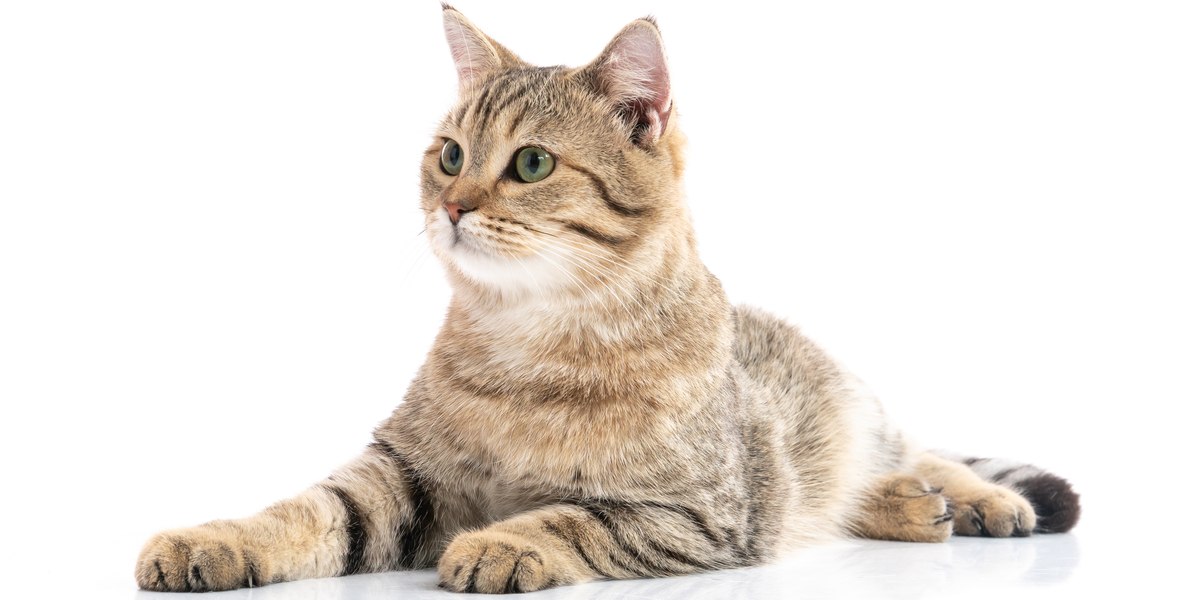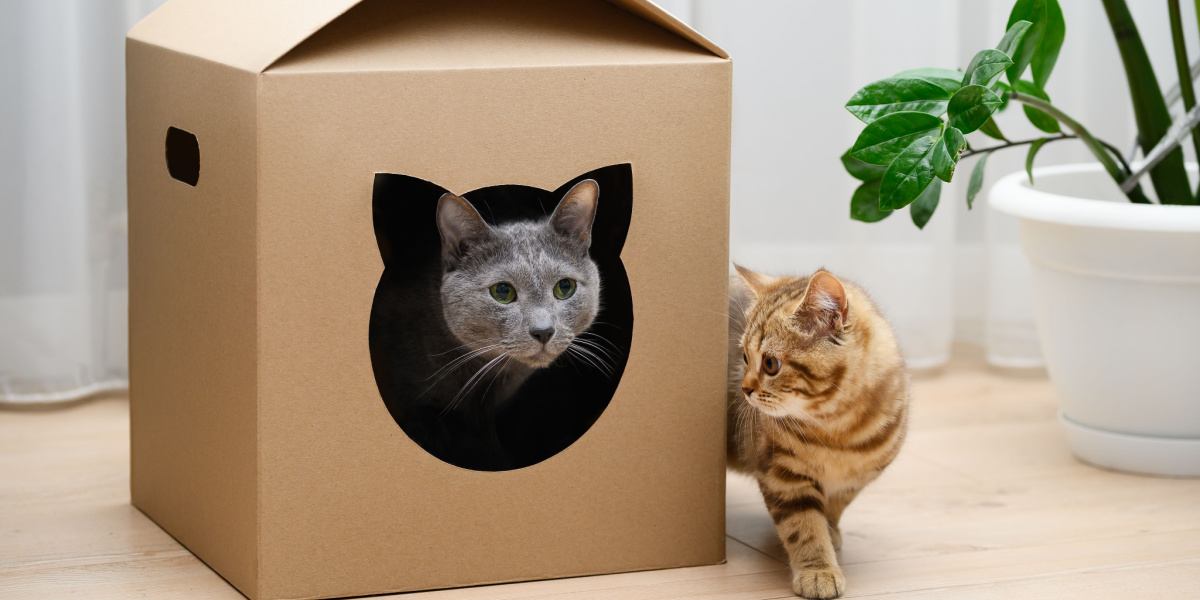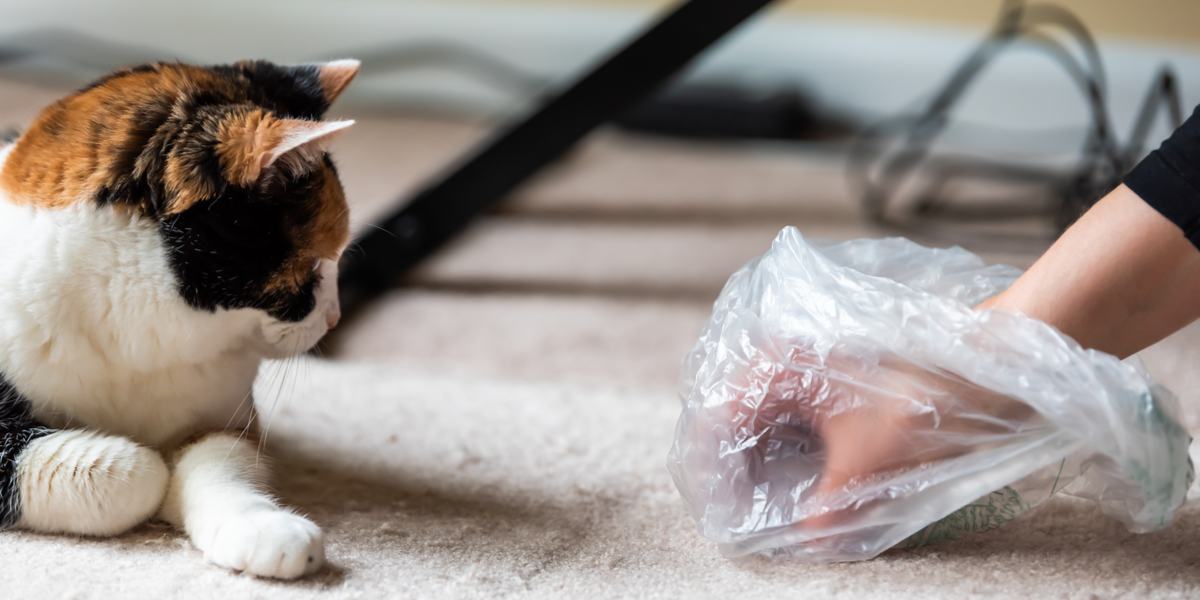All About Polydactyl Cats
This page contains affiliate links. We may earn money or products from the companies mentioned in this post through our independently chosen links, which earn us a commission. Learn More
I’ve known one called Thumbs, another called Snowshoe, one called Six-fingered Sid, one called Zora, and another called Poly. What did they have in common?
They were all polydactyl cats.
What Is A Polydactyl Cat?
Polydactyl cats suffer from “polydactyly”, (pronounced polly-dak-tuh-lee) which describes an anatomical anomaly when a creature is born with extra fingers or toes. This is surprisingly common in humans, affecting around between one in five hundred to one in a thousand babies, and it’s commonly seen in pets too.
In humans, simple surgery is generally carried out to remove the abnormal digit: in contrast, most animals live with their extra “fingers and toes”, as long as they are not causing any problems.
In dogs, polydactyly is generally seen as “dew claws”, small extra digits on the inside of the lower limbs: these are a normal feature in the forelimb, but they are also commonly seen in the hind legs. Dogs also sometimes have so-called “double dew claws”, where they have two rather than just one dew claw. Other than these examples, polydactyly is rare.
In cats, polydactyly, as in genuine extra digits, is seen far more commonly than in dogs.
What Causes A Polydactyl Cat?
This type of issue is known as a “congenital” problem: in other words, animals are born with the extra digits. When young animals are checked over by a vet, this type of abnormality is often noted if a cat carer has not already noticed it.
Polydactyly can happen spontaneously but generally there is a strong genetic element, caused by a genetic mutation, and inherited in an autosomal dominant manner. The issue is seen more often in certain cat populations, and is more common in some geographical locations including the east coast of North America (in the United States and Canada), and in South West England and Wales. However polydactyl cats can be seen anywhere.
Some breeds of cat are more commonly affected by polydactyly, such as the Maine Coon cat. There is even a specific cat breed, called the American Polydactyl cat, which has specific physical and behavioral characteristics as well as extra digits.
Polydactyl Cats Health Issues
Polydactyly rarely causes any difficulties for the animal: it could accurately be described as a benign congenital abnormality in most cases.
Sometimes an extra digit can cause physical difficulties because it interferes with the normal function of the feet. For example, an extra toe could push the normal toes inwards so that they could not weight bear properly, or the pressure from the extra toe on the normal toe could cause blisters or ulcers to develop. In other cases, there can be an abnormal claw on the end of the extra digit, and this can curl round, piercing the skin and causing pain, or again, rubbing up against an adjacent digit. This could be described as an ingrown nail in a polydactyl cat. In such cases, it might be recommended that the extra digit have the claw clipped regularly, or in some cases, it amputation of the digit may be suggested. This is a relatively minor procedure which would completely solve such problems.
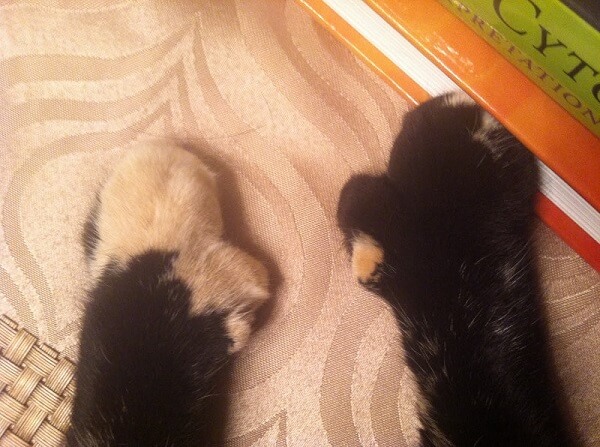
Behavior
Some breeders and carers of polydactyl cats believe that their pets are more intelligent, more laid-back, and more friendly than other cats. However there is little evidence to support this claim.
Are polydactyl Cats Rare?
Polydactyly in cats is most commonly found on the front paws only, while it’s rare for a cat to have polydactyl hind paws only. Polydactyly of all four paws is rarer again.
A Real Life Story About a Polydactyl Cat
I remember one case particularly clearly: a ginger tom cat called Thumbs, who had full extra digits on both fore feet and both hind feet. His owner was worried about him, because his toes looked so crowded compared to other cats that she had known. She brought him to me, and asked me for a full analysis, so that she could be absolutely certain that he would not suffer any adverse consequences.
Thumbs had been brought in to be castrated that day, so he was going to be under general anaesthesia for a short period: this was the ideal opportunity to examine his extra digits in more detail.
The first task was to count his fingers and toes. I started with his front feet. A normal cat should have five digits on each front foot: four main digits on each foot, plus a small inner digit known as a dew claw, just above the foot, on the inside of the leg. The abnormality with Thumbs was obvious: he had five main digits on each foot, plus a dew claw.
The hind feet normally just have four main digits, with no dew claw. Again, Thumbs had one extra: he had five main digits on each paw.
It was obvious why he was called Thumbs: to a casual observer it looked as if he had “thumbs” as well as “fingers” on his front feet and his back feet. It was difficult to examine him closely when he was conscious: like many cats, he was wriggly, and he wasn’t used to having his feet picked up and checked.
It was easy once he was anaesthetised: I could take time to carefully and methodically examine each digit in detail. The first step was to count each toe: normally, toes are numbered from one to five, starting with the inner dew claw. So I identified which toes were the main ones, and which toe was the abnormal one on each foot. As far as I could tell, Thumbs had an extra digit on the outside of each foot: this meant that it could be labelled as “digit 5 A”. If there had been another extra toe on the outside of each foot, then it would have been “digit 5B).
If, on the other hand, the extra digit had been obviously placed between digits 2 and 3, it would have been described as “digit 2A). And so on, depending on where the digit was located.
So although this cat was called “Thumbs”, the truth was that he had an extra digit on the equivalent of the outside of his little fingers, or his little toes. It could be argued that he should have been called “Extra Pinkies” instead of “Thumbs”.
As well as labelling his toes with numbers, I also checked each of them to make sure that they were not causing problems.
In Thumb’s case, the extra digits were not causing any difficulties at all, so there was no need to take any action.
While Thumbs was anaesthetised, I decided to carry out one extra task: I took x-ray pictures (radiographs) of each foot. This allowed me to inspect the bone architecture of the abnormal extra toes, going to the next level of analysis. The x-ray pictures confirmed that the digits were definitely correctly labelled as “5A”: I could see that the bones of these digits started as extra structures on the outside of the feline equivalent of the hand (the metacarpus) and foot (the metatarsus). I was also able to confirm that their internal structure (the bones) were not impingeing on other structures in any way, so it was unlikely that they would contribute to longer term problems such as arthritis as Thumbs grew older. There was definitely no case for removing his extra digits.
I proceeded to carry out the standard castration (neutering) operation, and Thumbs went home that evening. I was happy to be able to tell his owner that I only had one recommendation, and even that was optional.
“Oh?” his owner said. “Is there something I need to do?”
I replied with a smile: “If you want to be anatomically correct, you may wish to change his name from Thumbs to Extra Pinkies.”






